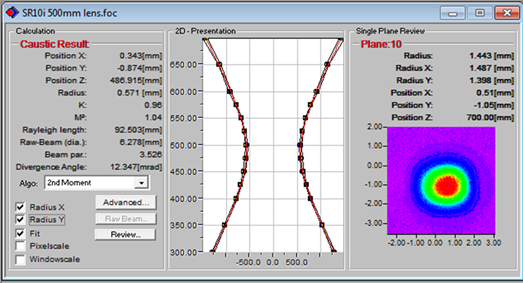A conventional CO2 laser operating around 9.3µm can branch hop from 9.35µm to 9.15µm. This phenomenon is directly linked to the cavity design.

Material absorption varies with wavelength therefore branch hopping leads to variable absorption. Branch hopping is undesirable because it can cause inconsistency when processing materials, particularly in applications such as electronics where process repeatability is critical. Suppressing branch hopping delivers consistent quality and increases throughput by reducing defects and associated costs.
At Luxinar we develop ingenious solutions for our customers and we seek to continuously improve our products and processes, according to our Ingenuity Amplified principle. We identified that wavelength stability is critical in many applications, and we re-engineered our range of CO2 lasers in order to reduce branch hopping, improving the performance of our lasers and delivering tangible benefits to our customers. We achieved this without significant impact on the complexity of our own manufacturing process.
Luxinar’s innovative cavity design delivers wavelength purity without compromising on beam quality; our technology produces a high-quality, circular mode. The near-Gaussian beam profile produces high energy density at the focal point, resulting in higher processing speeds when compared to other CO2 laser designs.
A round beam shape is important in cutting applications, where kerf width must be tightly controlled and consistent in all directions; this reduces the need for additional beam correction and minimises design costs for the customer.
Luxinar’s versatile laser source portfolio of OEM, SCX and SR series caters for a diverse range of industries, including consumer electronics, automotive manufacturing, fashion, food & beverage, packaging, glass, medical and pharmaceutical. Our industrially proven sealed CO2 laser sources are based on a diffusion-cooled slab principle to produce a high-quality, round and symmetrical beam, and our MULTISCAN laser marking systems offer an inkless method to apply text, graphics and barcodes to a wide range of materials.